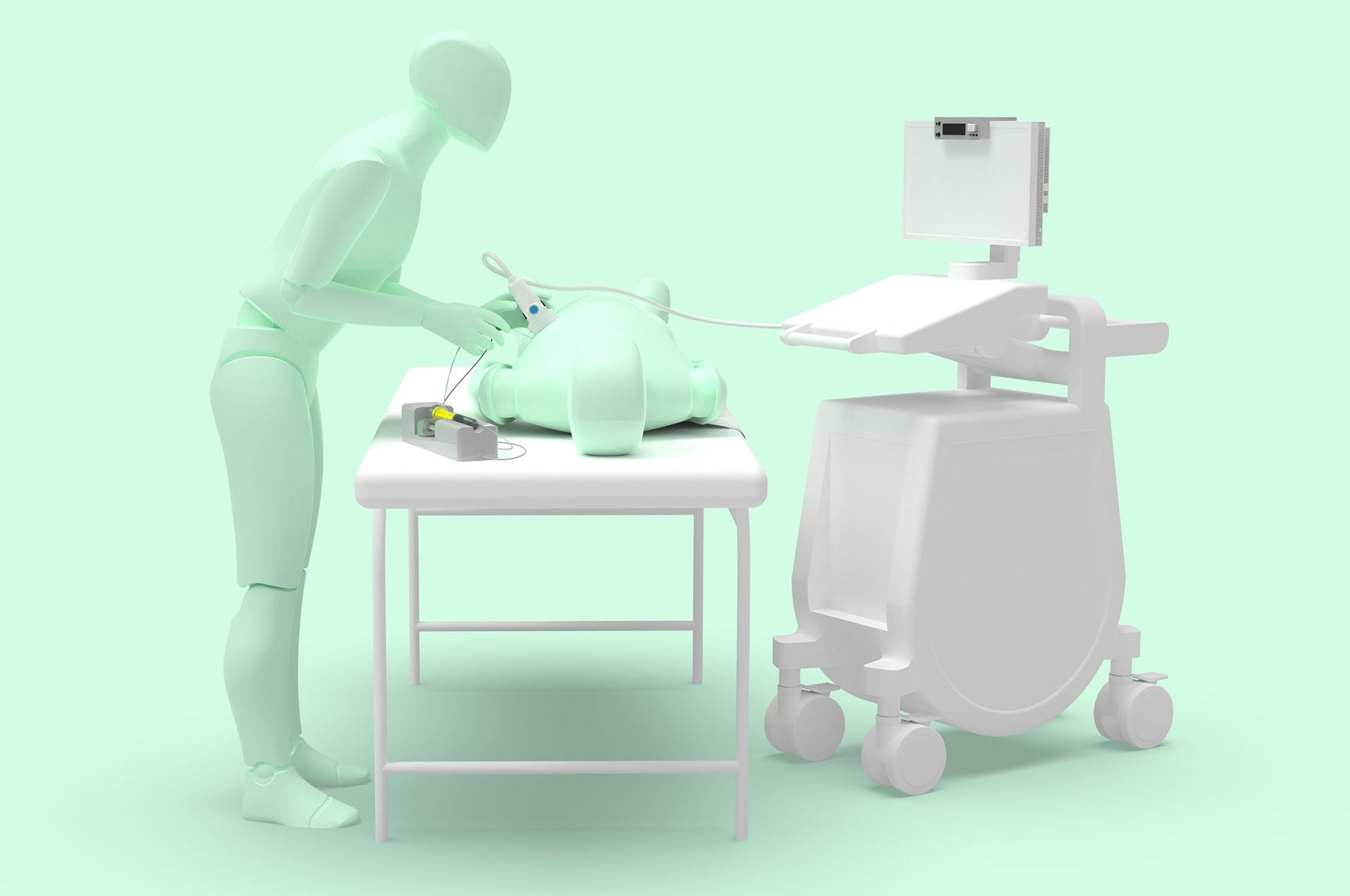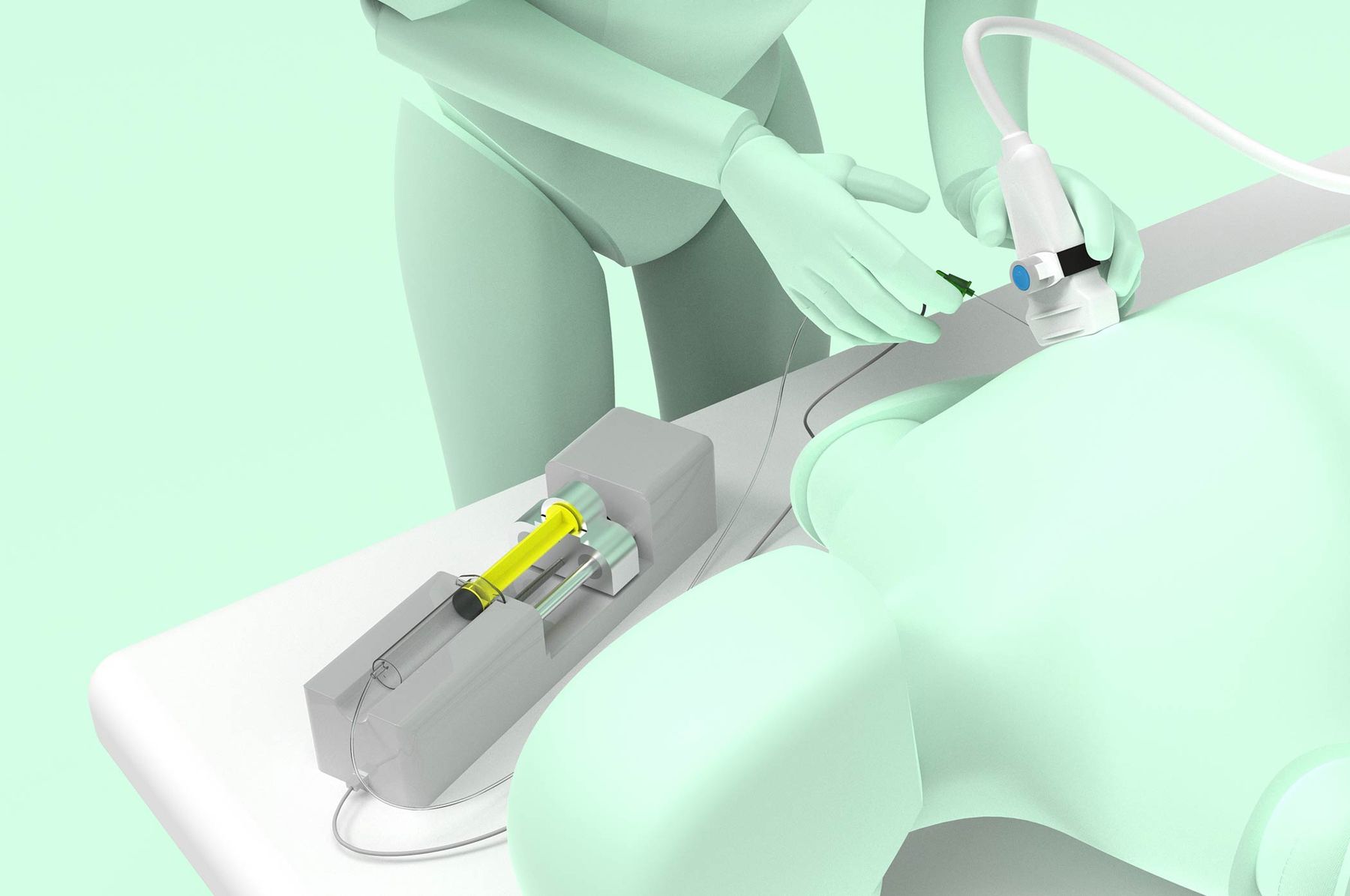#NTUDEGREESHOW Spotlight: Bethany Wignall
This week's Spotlight piece features BSc (Hons) Product Design student Bethany Wignall.
By Chloe Subitte | Published on 14 May 2019
Categories: Current students; School of Architecture, Design and the Built Environment;

In the run-up to the Art and Design Degree Show, we will be sharing a series of student projects from across the 26 participating courses through #NTUDEGREESHOW Spotlights.
SON-Block
A peripheral nerve block (PNB) is a procedure used in regional anaesthesia to numb a large area of the body prior to an operation. Conventionally, PNBs are performed by two operators, with the anaesthetist controlling the needle and ultrasound probe and the assistant injecting the syringe.
The Nottingham University Hospital Trust approached us at NTU, seeking an improved solution to PNBs – a procedure they perform multiple times per day. Although having no prior experience in this design sector, I wanted to take on this challenge in order to develop my knowledge of medical product design.

Anaesthetists at the Trust have evolved their technique, so that they can perform the procedure independently by holding and operating the needle and the syringe in the same hand. Although offering more control, this method is uncomfortable for the anaesthetist.
The need for innovation in this area is also emphasised by the fact that an incorrectly performed block could, potentially result in permanent nerve damage to the patient, although this is a rare occurrence. The procedure is extremely intricate, requiring millimetre precision, therefore leaving no room for error.
By immersing myself in the project and drawing upon knowledge gained through research at The Queen’s Medical Centre, I reached a solution. SON-Block (Single-Operator Nerve Block) is a button-controlled syringe driver, combining the benefits of existing techniques to offer an improved procedure for both patient and anaesthetist. By working closely with anaesthetists throughout the project, SON-Block is adoptable, feasible and easy to use.
I then evaluated the success of the design, compared to the current method. Participants of the research used and provided feedback on a fully-functioning prototype, whilst being assessed against standardised methods used to measure the performance of novice anaesthetists. The results were remarkably in favour of SON-Block, in terms of both user performance and procedure experience.
Find out more about the BSc (Hons) Product Design Degree Show here.